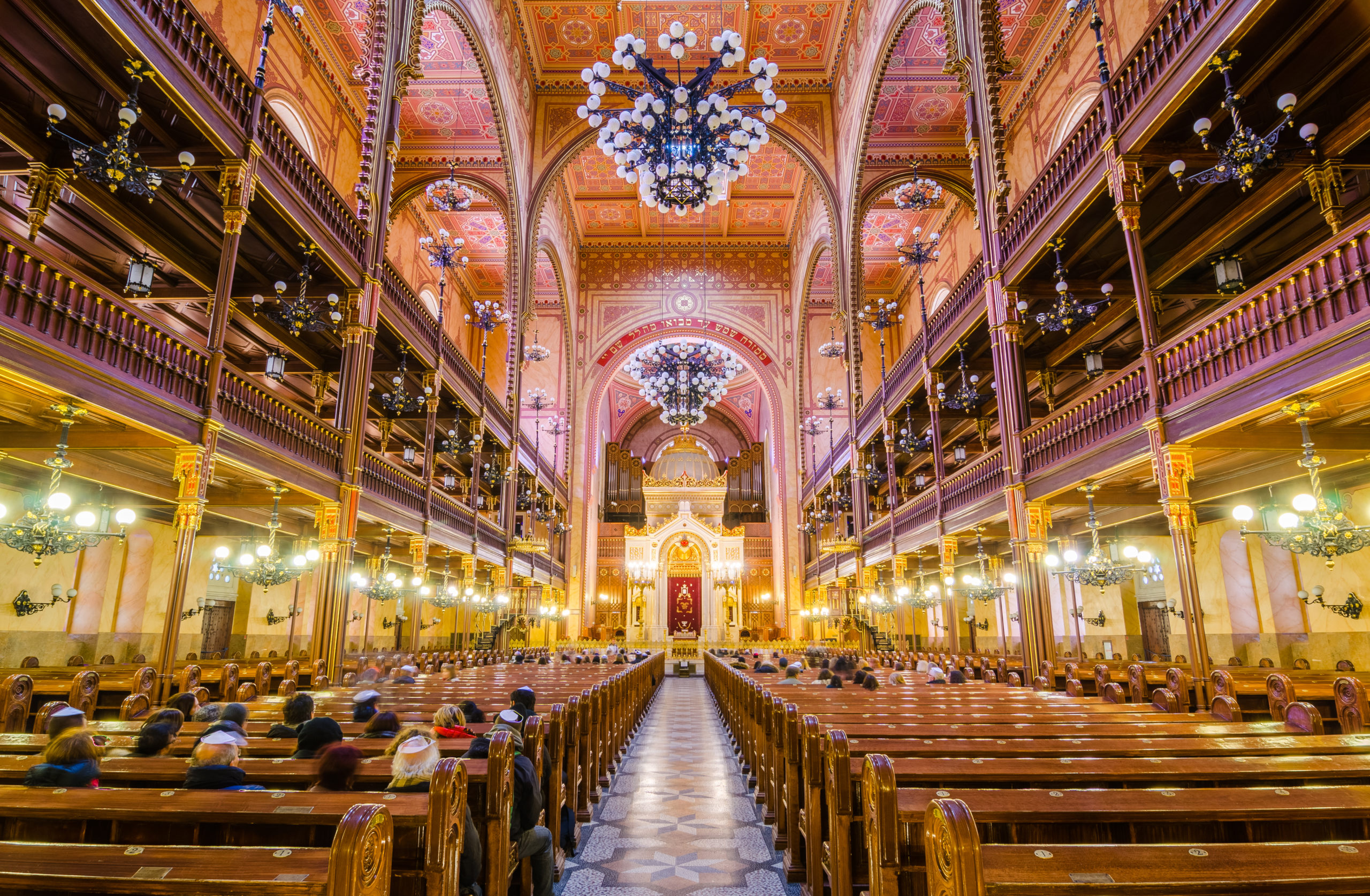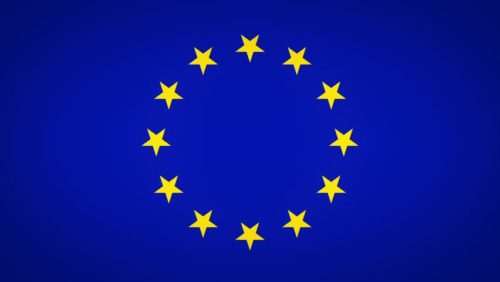Belgian Association -Hidden Children
Since its creation, L’Enfant Caché has been firmly anchored in a national and international network. The Belgian branch takes part on several occasions in the international conference for hidden children organized from New York: in Jerusalem in 1993 and in Montreal in 1994. Contacts are also made with sister organizations all over the world: France, Netherlands and Poland in 1991, Luxembourg and the United States in 1992…
Under the direction of the first president, Sophie Rechtman, L’Enfant Caché was founded by those present from the start: David and Jacqueline Inowlocki, Simone Frydman-Inowlocki, Anna Stelkowicz, Joseph Nowak, Hélène and Denis Baumerder, Gaby Grau-Szyper , Jacques Funkleder, Josef and Bracha Rothschild, Liliane Oberman, Robert Fuks, Nini Weinstein and Myriam Wolkowicz. The statutes of the organization are published in the Belgian Official Gazette on March 25, 1993.
En Belgique, L’Enfant Caché développe la coopération et la représentation avec le Centre Communautaire Laïc Juif (CCLJ), le Comité de Coordination des Organisations juives de Belgique (CCOJB), la Centrale d’Anvers, l’Union des Déportés Juifs en Belgique-Filles et Fils de la Déportation (UDJB), le Service Social Juif, la Fondation Auschwitz, la Fondation de la Mémoire Contemporaine et l’Amicale des Anciens de Jamoigne. L’Enfant Caché a également été impliqué dès le début dans la création du Musée Juif de la Déportation et de la Résistance, aujourd’hui Kazerne Dossin, à Malines.
President Sophie Rechtman attended the inaugural meeting of this institution in 1992. On September 20 of the same year, L’Enfant Caché participated in the laying of the first stone of the museum and laid flowers for the first time during the pilgrimage annual that takes place. The connection between L’Enfant Caché and the Jewish Museum of Deportation and Resistance/Kazerne Dossin continues to this day. In 2017, L’Enfant Caché donated its entire archives to Kazerne Dossin and many former board members and other members entrusted their private archives to the museum. Their testimony is thus preserved and the transfer of their history to future generations is guaranteed.
L’Enfant Caché is from the start apolitical and a-religious. Its criterion is to accept as a member anyone who, as a child, was hidden during the Second World War, regardless of their opinion. The fundamental rule, which has imposed itself, has conferred on it the privilege of being a center of union. Situated above party conflicts and outside of theological or philosophical quarrels, it could have been everyone’s home. This is undoubtedly why it was able to be, at the height of its development, the most numerous association of the Jewish community of this country. A large blended family as a substitute for the countless large families.
The goals of the organization are: 1. To allow Jewish hidden children during WWII to reunite and express themselves; 2. To reconstitute their experiences in recounting the memories; 3. To express gratitude to the “Righteous among the Nations” who risked their own livesto save the children; 4. To fight against antisemitism and all forms of racism and xenophobia; 5. To fight against Holocaust denial, collect and publish testimonies; 5. To facilitate exchange of information among organization members and organize workshops to gather and reflect, public conferences (academic, etc.); 6. To organize cultural activities. The organization also has provided since 1995, a bilingual traveling exhibition for schools developing 4 themes: The Persecution, The Resistance, The Rescuers and the Rescued, The Hidden Children and Memory. Guarantee of child survivor to speak at each exhibition site.



 NOA is co-funded by the Rights, Equality and Citizenship Programme (2014-2020) of the European Union
NOA is co-funded by the Rights, Equality and Citizenship Programme (2014-2020) of the European Union